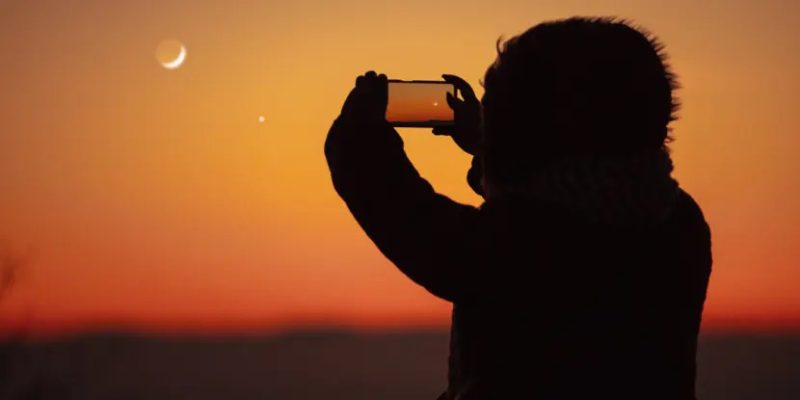How to Safely Watch the 2024 Solar Eclipse
By Dan T. Gudgel for the American Academy of Ophthalmology Published Mar. 20, 2024
On April 8, 2024, the entire United States will see a partial eclipse of the sun. Parts of 15 states, from Texas to Maine, will experience a total solar eclipse.
If
you get a chance to see it, make sure to protect your eyes. Looking at
the sun without a solar filter, whether through a camera lens or with
your bare eyes, can severely damage your eyes and cause vision loss.
Best Place to Watch the Solar Eclipse on April 8
To see a complete eclipse of the sun, you need to be in the right place. The path of totality – where the full eclipse can be viewed – will move across the continent very quickly, in a northeastern direction from Texas to Maine. Plan ahead for where you want to be. You may want a backup plan in case weather gets in the way of your view of the sky.
Areas outside the path of totality will have a partial eclipse. In these areas, the sun will only be partially blocked even at the peak of the eclipse. In those areas, there is no safe time to look at the sun with the naked eye. You must protect your eyes while watching the entire eclipse.
Three Safe Ways to Watch the 2024 Eclipse
Looking directly at the sun during most parts of an eclipse can
permanently damage your vision or blind you. The only time it is safe to
look directly at the sun is when it is completely covered by the moon during the totality phase of an eclipse. During all other times, you could damage your retina, possibly causing blindness.
Here are three safe ways to watch the eclipse:
1. Wear eclipse glasses with certified solar filters
Sunglasses, even very dark ones, are not enough to protect your vision if you look at the sun. Homemade filters are also a bad idea, and will not protect your eyes.
Plan ahead and obtain eclipse glasses or hand-held solar viewers. These products contain a solar filter that must meet a very specific worldwide standard known as ISO 12312-2. This filter is the only way to truly protect your eyes from the sun’s powerful rays.
The American Astronomical Society has a list of companies that supply eclipse glasses and solar viewers. They also have guidance on how to make sure your eclipse glasses are safe and legit.
2. Make a pinhole viewer to watch the eclipse indirectly
A safer and easier way to see the eclipse is through a pinhole projection or video display.
A pinhole viewer lets you project an image of the sun onto another surface, like paper, a wall or pavement. The image of the sun is safe to look at throughout the eclipse. Learn how to make a pinhole projector or shop for one of these safe-viewing devices.
3. View a live stream of the eclipse
NASA will have a live stream of the solar eclipse.
Consider watching the eclipse online or find an event at a local planetarium, science center or club where you know the right safety measures have been taken.

